 FIG. 1 Absorption coefficient of diF-TES ADT.
FIG. 1 Absorption coefficient of diF-TES ADT.
Laurie McNeil’s group has published a paper in Applied Physics Letters, “Efficiency enhancement of organic thin-film phototransistors due to photo-assisted charge injection.”
In it they report that they determined that thin-film transistors made from the organic compound diF-TES ADT are more than 100% efficient at converting absorbed light into electric current. Each photon absorbed by the device generates multiple charge carriers due to enhanced injection of carriers from the electrodes. The enhancement occurs because each absorbed photon creates an exciton: a negatively-charged electron and a positively-charged hole bound together. The electron and hole separate, and the hole contributes to the current while the electron remains trapped. The presence of the trapped electrons reduces the barrier for charge injection from the electrodes and increases the current. As a result, this device has one of the highest photoresponsivities ever recorded for an organic transistor.
The lead author on the paper, Zafrullah Jagoo, received his PhD from UNC in the summer of 2020 and is now a Process Engineer at Intel.

